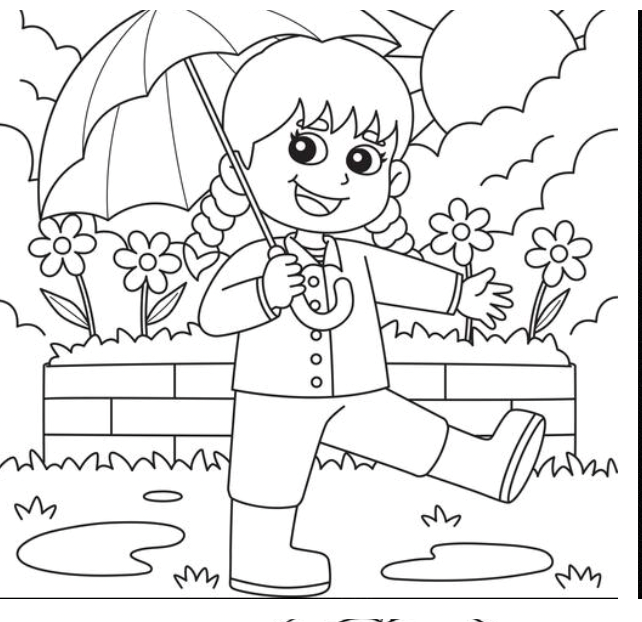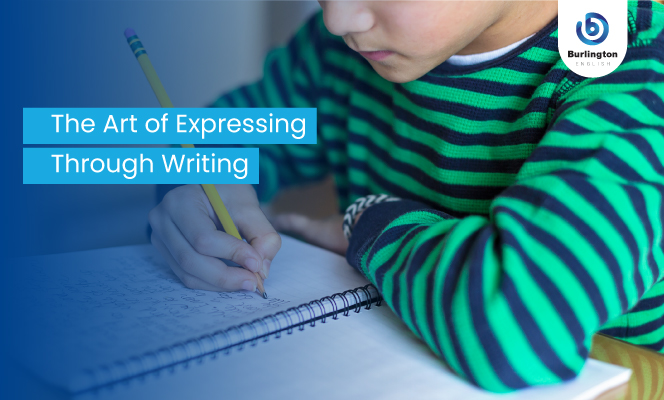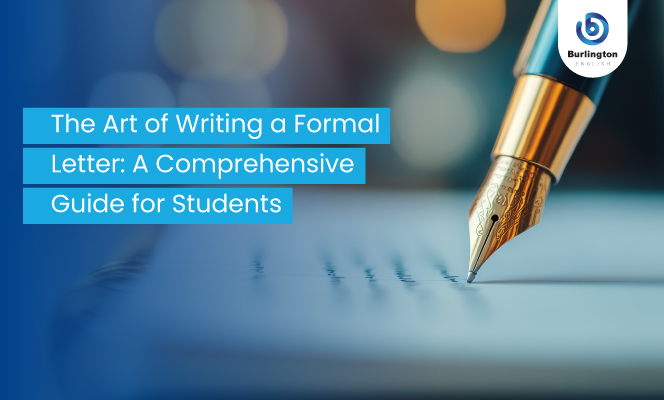The Art of Expressing Through Writing: A Guide for Early Primary Years
Expressing ourselves through written communication is an art. But when should we start inculcating this skill in students? Writing comes in different genres—narrative, descriptive, persuasive, and expository. Learning how to write in these styles is an organic process that can be nurtured in young learners. In this blog, we will focus on how to introduce early primary students to descriptive writing and gradually transition them into narrative writing.
Understanding Descriptive and Narrative Writing
Descriptive Writing aims to help the reader visualize a character, event, or place in great detail. It engages all five senses, allowing the writer to paint vivid images in the reader’s mind. This style is commonly found in fiction, poetry, journal writing, and even advertisements.
On the other hand, Narrative Writing tells a story—real or imaginary. It involves characters, dialogues, and a structured plot. This form of writing can be seen in fiction, poetry, biographies, and anecdotes.
Introducing Descriptive Writing to Young Learners
Children have incredibly imaginative minds. The best way to begin teaching them descriptive writing is by using real objects that they are familiar with. Once they are comfortable describing tangible items, we can transition to pictorial representations.
Step-by-Step Approach:
- Start with Real Objects: Give children an everyday object, such as an apple or a teddy bear, and ask them to describe it using their senses.
- Use Pictures: Show them an image and encourage them to write a couple of lines describing it.
- Expand to Paragraphs: Gradually, students will be able to write more detailed descriptions and progress to small paragraphs.
- Introduce Storytelling: Older primary students can be guided to create a simple story based on their descriptions. They can develop characters, settings, and a basic plot with a beginning, middle, and end.
Engaging Activity: The Mystery Object and Storytelling
I recall attending a dance therapy workshop where we placed various objects in a gunny bag—such as a small bell, a ball, a pen, a bangle, a box, and a bottle. Each participant picked an item and used it to create rhythmic movements, which later evolved into a collaborative storytelling session. When I adapted this activity for early primary students, the results were phenomenal! It not only enhanced their descriptive skills but also introduced them to nouns, verbs, and adjectives in an engaging way.
Worksheet Activity
Below is a black-and-white picture of a girl with an umbrella in the rain. Encourage students to first describe what they see using their five senses. Next, ask them to craft a short story based on the picture, incorporating a character, setting, and simple plot.

Looking Ahead
This is just the beginning! In our next blog, we will explore more creative strategies to help young learners master the art of writing. Stay tuned for fun and engaging activities to strengthen their narrative skills.
By
Dr. Vasudha Neel Mani
Principal at Rockwoods International School, Udaipur, Advisor – Burlington English






